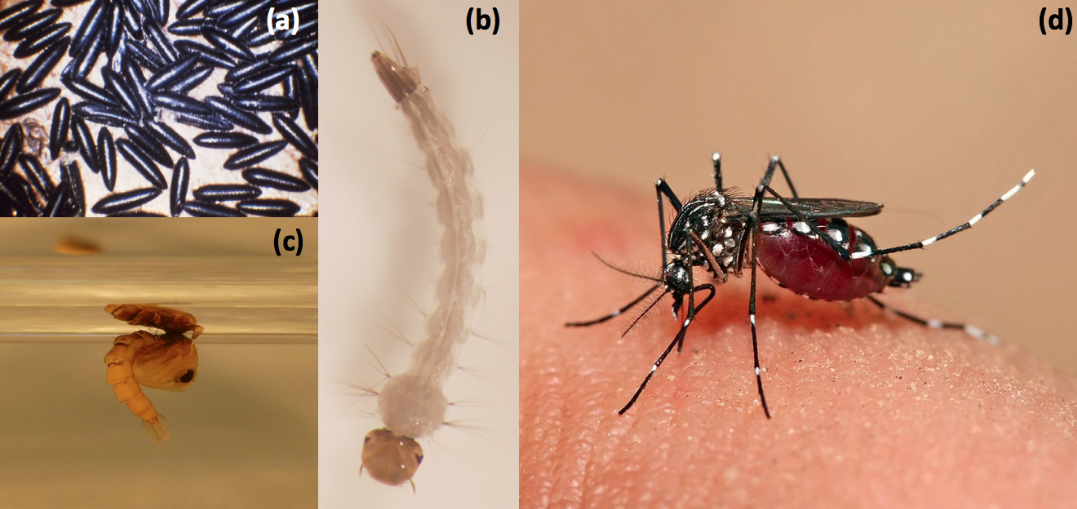SoNA3BS (Social Networks Aedes aegypti Agent-Based Simulation) was a NetLogo simulation developed to understand and teach about the community effects of mosquito-transmitted diseases through the use of network theory.
Intro
This project is the main subject on my PhD thesis (under Edgar Vallejo’s supervision). It was my first contact with mosquito-transmitted diseases and the mathematical modeling of epidemiological processes. In creating this simulation, I had the chance to learn about the processes that

Hypothesis and Objectives
The broader thesis hypothesis was: The creation and use of an agent-based framework in conjunction with network theory analytical tools can provide epidemiological insight on how the spatial relations of human-mosquito interactions affect the potential spread of Aedes aegypti-transmitted diseases.
Which was narrowed down into more digestible research-questions through the following sub-hypotheses:
- Sub-hypothesis 1: A computational agent-based model that adheres to existing knowledge of Aedes aegypti biology can be created and run in reasonable computational times on general purpose computers (on the order of days).
- Sub-hypothesis 2: The model’s adults mosquito population dynamics matches an independently-created model’s number of adult females within the range of 15oC to 32.5oC temperatures and up to 20 breeding sites within an error rate of 1.5.
- Sub-hypothesis 3: The model can reconstruct the emergent vectorial-contact networks generated by mosquito bites upon humans, and these networks provide useful insight into the differences in epidemiological processes on different spatial layouts.
Features
Other simulations and models already existed when I coded SoNA3BS, but some of the factors that differentiates this model from others at that point in time were the following.
Biological
- Mosquitos go through their 4 life stages: egg, larva, pupa, adult
- Stage lengths are temperature-dependent (through Schooldfield’s metabolic rates)
- Population is tracked at an individual level
- Directed flight is implemented (mosquitos move in a resource-based manner)
- Temperature-dependent mortality rates
- Male and female individuals and life-cycles
Epidemiological and Vector Control
- RIDL, ovitraps, fogging, sugar baits, and Wolbachia mosquito-control interventions are implemented
- Bites’ information is stored for network analysis
- Human behavior can be tweaked to analyze contributing factors to disease transmission, such as movement
Computational
- Fully documented code
- ABM is easy to use and extend as it is coded in NetLogo
- Sims information is stored in XML format for easy analysis
- State-machine structure for the agents

Methods and Findings
Our work’s results were divided in validation and experiments’ analysis sections. Here, we show some of the highlights but please refer to the thesis document for details.
ABM vs ODE
SoNA3BS was validated against a deterministic version of Otero’s model. We tested our ABM within a range of breeding sites and temperatures defined in the scope of our work.
Networks
With the model validated for the operational ranges we defined in our scope, we did some vectorial networks analysis to show how bites’ heterogeneity can emerge from simple human-mosquito interactions.






